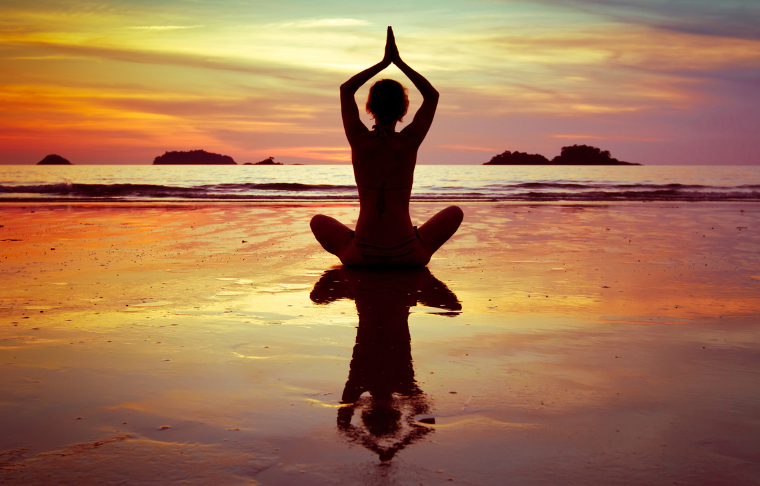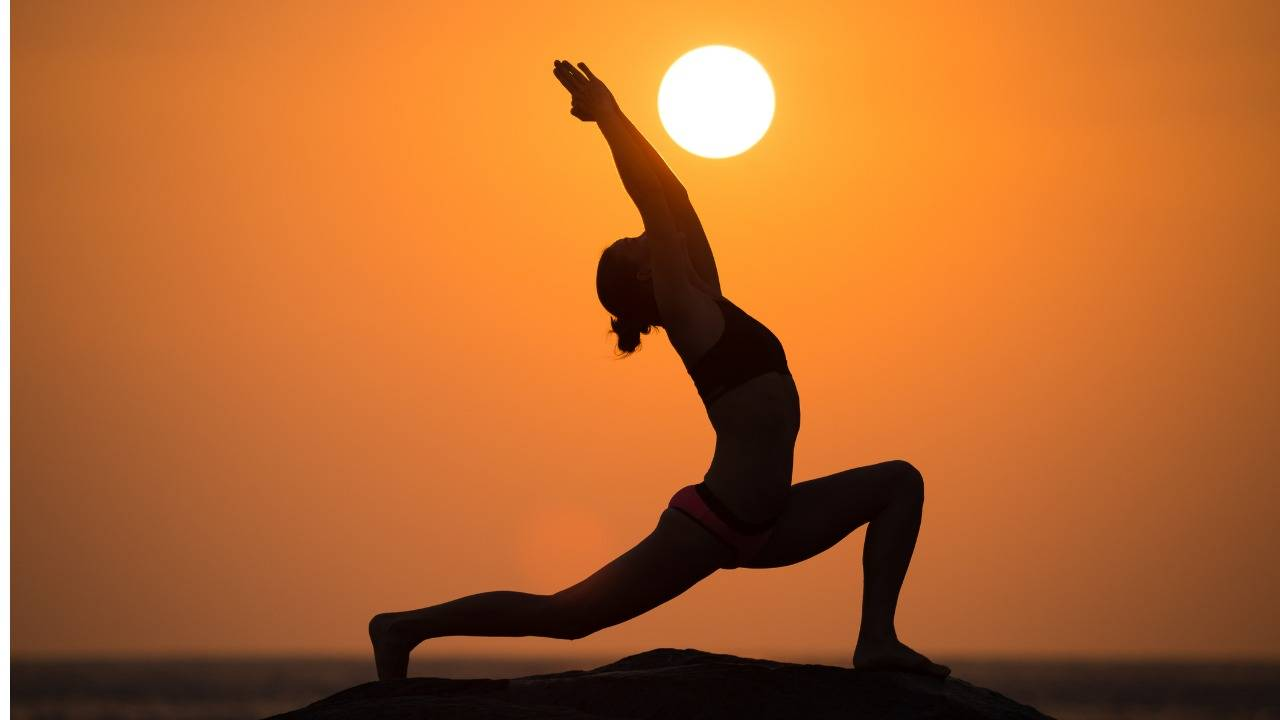The Art And Science Of Yoga: A Path To Holistic Well-Being
YOGA
Yoga, an ancient practice that originated in India over 5,000 years ago, has gained immense popularity worldwide for its holistic benefits. Rooted in physical postures, breath control, and meditation, yoga offers a comprehensive approach to physical, mental, and spiritual well-being. Whether practiced for fitness, relaxation, or self-discovery, yoga has something to offer for everyone. For more information rongis.

Understanding Yoga
The word "yoga" is derived from the Sanskrit word yuj, meaning "to unite" or "to join." This signifies the union of mind, body, and spirit, fostering a balanced and harmonious life. Traditional yoga is not just a form of exercise; it is a philosophy that integrates ethical disciplines, physical postures (asanas), breath control (pranayama), and meditation (dhyana).
Yoga is broadly classified into different paths, each emphasizing unique aspects of personal development:
Hatha Yoga: Focuses on physical postures and breath control, preparing the body for meditation.
Karma Yoga: The yoga of selfless action and service.
Bhakti Yoga: The path of devotion and love toward a higher power.
Jnana Yoga: The pursuit of knowledge and wisdom.
Kundalini Yoga: A powerful practice aiming to awaken spiritual energy through breathwork and meditation.
Physical Benefits Of Yoga
Regular yoga practice offers numerous physical benefits, making it an excellent addition to any fitness regimen. Some key benefits include:
Improved Flexibility: Yoga stretches and lengthens muscles, reducing stiffness and increasing range of motion.
Enhanced Strength: Many poses require balance and endurance, strengthening muscles over time.
Better Posture: Yoga encourages proper alignment, reducing strain on the spine and preventing back pain.
Boosted Immunity: The relaxation techniques in yoga help lower stress hormones, improving overall immune function.
Cardiovascular Health: Certain yoga styles, like Vinyasa and Ashtanga, provide a cardiovascular workout, promoting heart health.
Pain Relief: Studies show that yoga can alleviate chronic pain conditions such as arthritis, migraines, and lower back pain.
Mental And Emotional Benefits Of Yoga
Beyond physical wellness, yoga is a powerful tool for mental and emotional well-being. It helps:
Reduce Stress and Anxiety: Controlled breathing and meditation calm the nervous system, lowering stress levels.
Improve Concentration and Memory: Yoga enhances cognitive functions by increasing blood flow to the brain.
Promote Emotional Balance: It helps regulate emotions, fostering a sense of inner peace and stability.
Enhance Sleep Quality: Practices like Yoga Nidra and gentle stretches relax the body, promoting better sleep.
Encourage Mindfulness: Yoga teaches present-moment awareness, reducing negative thoughts and distractions.
Spiritual Aspects Of Yoga
For many, yoga is more than just a physical practice; it is a path to self-discovery and spiritual awakening. The meditative aspects of yoga help practitioners connect with their inner selves, cultivating a sense of purpose and fulfillment. Ancient yogic texts, such as the Bhagavad Gita and Patanjali’s Yoga Sutras, emphasize self-discipline, compassion, and detachment from material desires.
Types Of Yoga For Different Needs
Yoga offers diverse styles, allowing individuals to choose a practice that suits their needs and preferences:
Hatha Yoga: Ideal for beginners, focusing on basic postures and breath control.
Vinyasa Yoga: A dynamic flow of poses, synchronizing movement with breath.
Ashtanga Yoga: A rigorous practice with a set sequence of postures.
Iyengar Yoga: Emphasizes precision and alignment, using props like blocks and straps.
Bikram Yoga: Performed in a heated room, promoting flexibility and detoxification.
Restorative Yoga: Gentle poses held for extended periods, perfect for relaxation and stress relief.
How To Start Practicing Yoga
Starting yoga does not require special equipment or prior experience. Here are some simple steps to begin:
Choose a Style: Identify your goals (fitness, relaxation, spirituality) and select a yoga style accordingly.
Find a Suitable Space: A quiet, comfortable space with a yoga mat is ideal.
Start with Basic Poses: Learn fundamental postures like Mountain Pose, Downward Dog, and Child’s Pose.
Practice Breath Control: Deep breathing techniques enhance relaxation and focus.
Join a Class or Use Online Resources: Guided sessions help beginners understand proper alignment and technique.
Be Consistent: Regular practice, even for 10-15 minutes a day, can yield significant benefits.

Conclusion
Yoga is a transformative practice that extends beyond physical fitness. It nurtures mental clarity, emotional stability, and spiritual growth, making it a valuable tool for holistic well-being. Whether practiced as a form of exercise, relaxation, or spiritual discipline, yoga has the power to enhance the quality of life for people of all ages. By incorporating yoga into daily routines, individuals can cultivate balance, strength, and inner peace, ultimately leading to a healthier and more fulfilling life.
